Additional resources provided by LAFD Watchdog
“We have no additional companies to give to you. No additional companies to give to your structure fires. We will attach you to the brush incident.”
These chilling words were broadcast over Los Angeles Fire Department (LAFD) radio channels between 8:00 and 8:30 p.m. on January 7, 2025, as the Pacific Palisades fire raged out of control.
By then, it was too late.
The fire, which ignited at approximately 10:30 a.m.that morning, had already spread across vulnerable brush land, fueled by record-breaking winds and an overburdened, under-resourced fire department. In the critical hours that followed, firefighters found themselves battling not only the flames but also the consequences of chronic underfunding, mismanagement, and a leadership structure more concerned with optics than operational readiness.
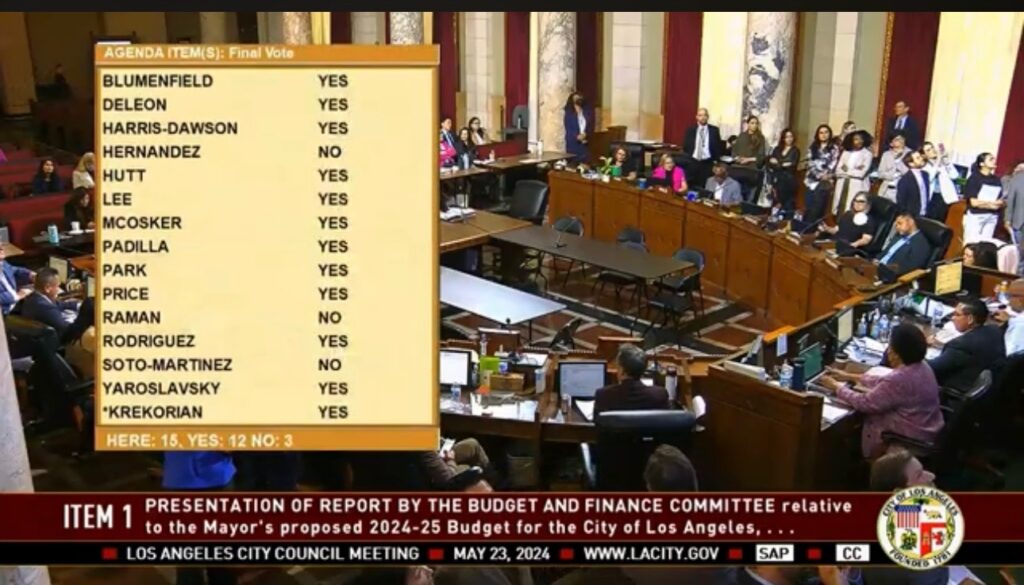
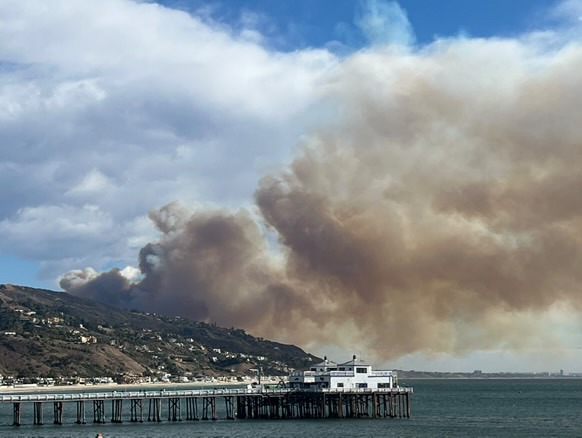
THE WARNINGS CAME EARLY AND LOUD
Five days before the fire, meteorologists issued dire predictions about impending Red Flag conditions, with winds expected to reach 100 miles per hour. The National Weather Service echoed these concerns, declaring high-risk conditions across the region. Despite these forecasts, the LAFD leadership failed to act with the urgency the situation demanded. Instead of a city-wide pre-deployment of additional resources, Fire Chief Kristin Crowley merely moved four engines from the lowlands to high-risk brush areas—a measure considered grossly inadequate by veteran firefighters.

On the morning of January 6, the department’s inaction became even more apparent. As firefighters completed their shifts, they were sent home as scheduled. No limited recall was issued to hold over personnel, and ready reserve engines remained empty.
Brush patrols, which should have been pre-positioned in high-risk zones, sat idle at their respective stations. Despite the glaring risk, the department stayed silent, failing to implement the critical measures necessary to contain a firestorm waiting to ignite.
By the evening of January 6, as national media outlets began reporting on the growing threat of wildfire across Southern California, the city found itself forced into damage control. At 5 p.m., officials issued a full recall of the next day’s fire department platoon, an unprecedented move not seen since the 1992 riots. But within two hours, the recall was abruptly canceled—there simply weren’t enough resources available to support the deployment. By 8 p.m., as pressure mounted, reserve units were finally staffed, and exhausted off-duty firefighters began arriving at their posts by 10 p.m. However, the damage was already done. The fire had burned for nearly twelve hours unchecked, devastating homes and infrastructure in its path.
At a press conference the following morning, Chief Crowley claimed that resources had been pre-deployed in anticipation of the fire, but internal sources dispute that assertion. A leaked screenshot of a 911 dispatch screen revealed that LAFD operators were instructed to inform South Los Angeles callers that no fire resources were available to respond—confirming what frontline personnel already knew: the city was stretched far too thin. The lack of resources forced the department into a degraded 911 dispatch mode, prioritizing only the most critical emergencies while leaving other incidents unaddressed.

A VOTE FOR BETRAYAL
The role of budget cuts in this crisis cannot be overstated. On May 23, 2024, the Los Angeles City Council voted to slash millions from the LAFD budget, a decision that many firefighters argue directly contributed to the chaos and loss of property in Pacific Palisades. The $17.8 million cut in 2024, followed by an even more devastating $48 million reduction in 2025, forced the department to eliminate vital programs, reduce staffing, and delay essential equipment upgrades. While the council publicly touted their commitment to public safety, their actions told a different story.
The budget vote passed with a 15-3 majority, with Councilmember Traci Park, whose District 11 includes Pacific Palisades, and Monica Rodriguez, Chair of the Public Safety Committee, both voting in favor.
Their support for the cuts came as a betrayal to many in the fire service community, particularly given the fact that the LAFD union had contributed a staggering $400,000 to Park’s election campaign. Firefighters in her district now feel abandoned, questioning whether political expediency has trumped public safety.

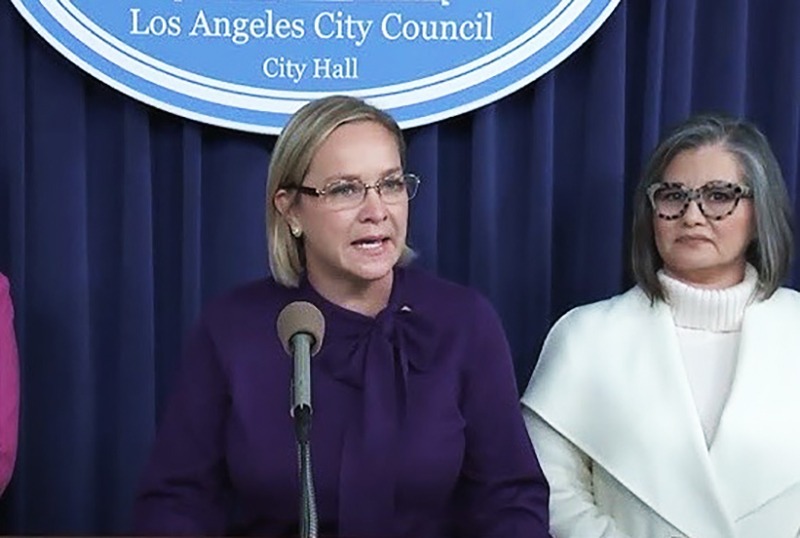
Councilmember Nithya Raman, on the other hand, voted against the budget—not in defense of the LAFD but out of opposition to increased LAPD funding, leaving the fire department with no real political allies during the budget deliberations. Despite Park and Rodriguez’s public assurances of support, their votes reflected otherwise, sealing the fate of an underfunded, overwhelmed fire department.
THE TRUTH, AND THE CONSEQUENCES
The consequences of these austerity measures were evident on the ground during the fire. Firefighters who would normally have been held over during Red Flag warnings were sent home due to budget constraints, leaving the department unprepared when the fire erupted later that morning. When the urgent recall was finally issued at 5 p.m., it was already too late, with many firefighters living hours outside the city due to rising housing costs. Mutual aid was requested to fill the gaps, but the delay allowed the fire to spread uncontrollably in its critical early stages.
Compounding the crisis was the shocking discovery that the Santa Ynez Reservoir, a vital water source for firefighting efforts in Pacific Palisades, had been out of service for years. With hydrants running dry, firefighters were forced to rely on three one-million-gallon tankers—an insufficient supply given the scope of the blaze. Questions are now being raised within the fire department about why LAFD chiefs failed to proactively monitor the city’s reservoirs and water infrastructure. Firefighters routinely check hydrants in their districts, so why haven’t department leaders exercised similar diligence?

The Pacific Palisades fire serves as a cautionary tale of what happens when political decisions prioritize budgets over public safety. Staffing failures, delayed response times, and neglected infrastructure all culminated in a perfect storm of disaster. The failure to hold over personnel during high-risk conditions, the inability to provide adequate resources when the fire broke out, and the absence of a proactive water management strategy all contributed to the devastation.
Residents of Pacific Palisades are now demanding answers. How could a city with one of the largest municipal budgets in the country allow its fire department to fall into such a state of disrepair? What steps will the City Council take to prevent this from happening again? And perhaps most importantly—who will be held accountable?
For now, the blame game continues, with city officials pointing fingers at one another, while the frontline firefighters who risk their lives daily are left picking up the pieces. In the days and weeks ahead, the residents of Pacific Palisades will be watching closely. The choices made by their elected officials on May 23, 2024, are no longer abstract budget line items—they are the ashes of homes, the fear in evacuees’ eyes, and the exhaustion on the faces of overworked firefighters.
As the embers cool and the smoke clears, one thing is abundantly clear: Los Angeles cannot afford another Pacific Palisades fire. Without meaningful investment, proactive leadership, and accountability at the highest levels, it is only a matter of time before tragedy strikes again.

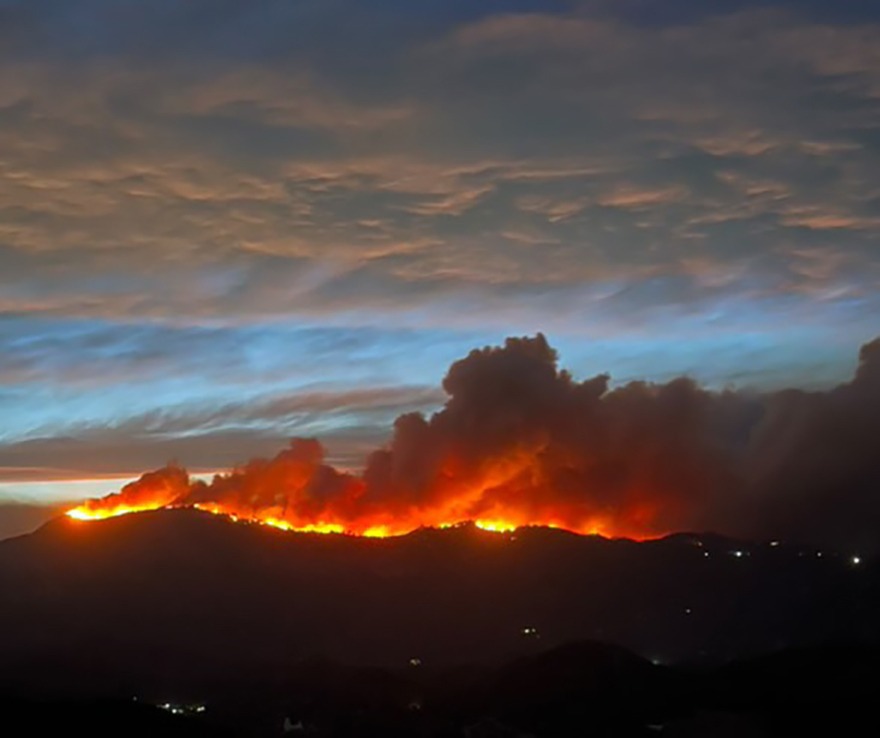
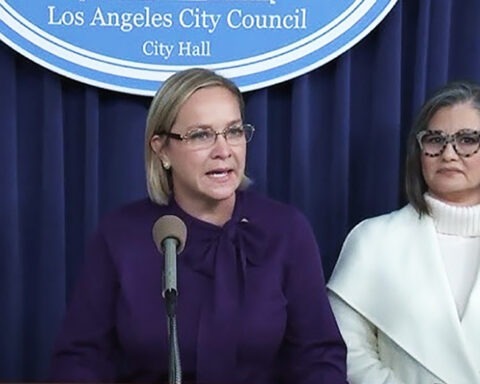
Follow Us